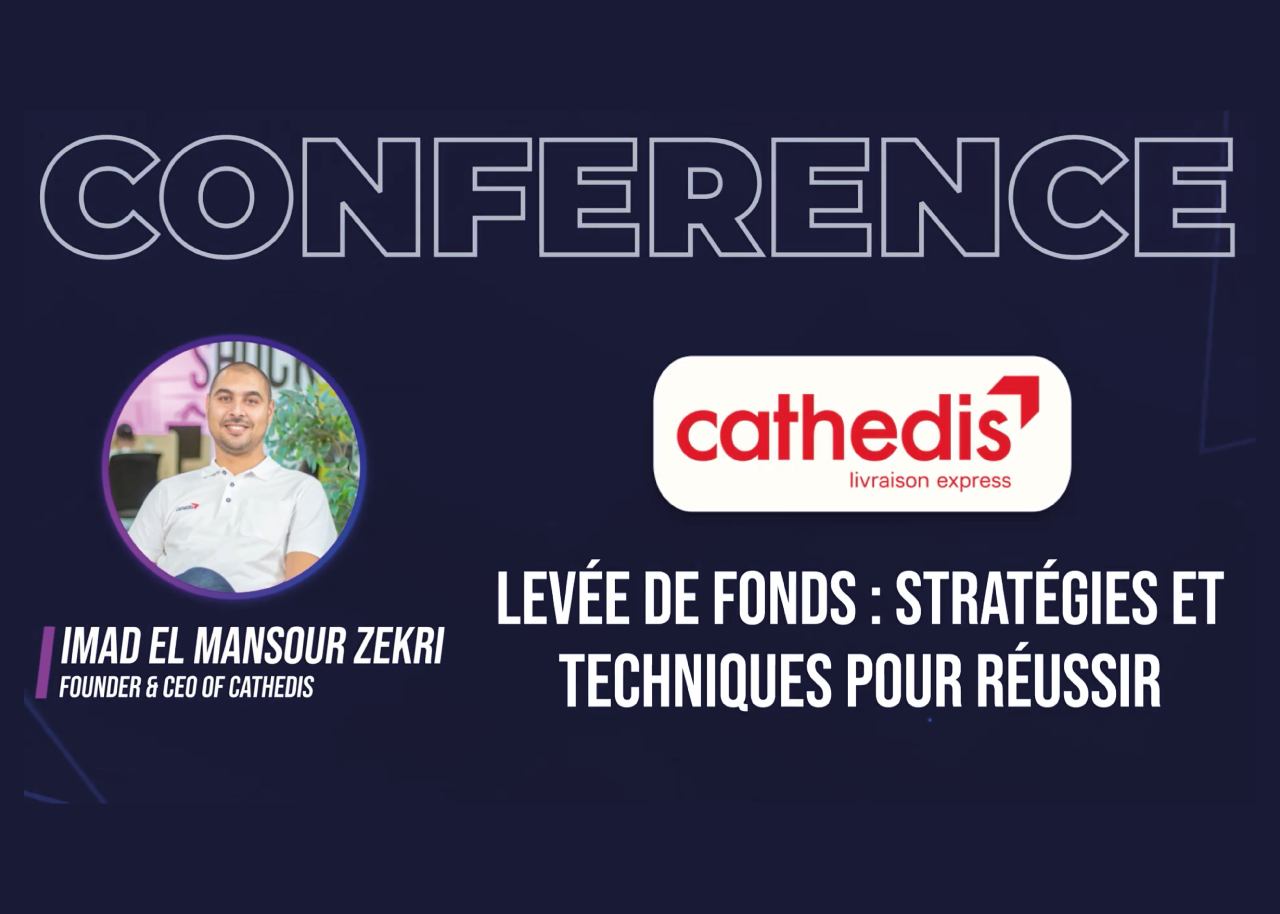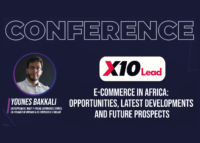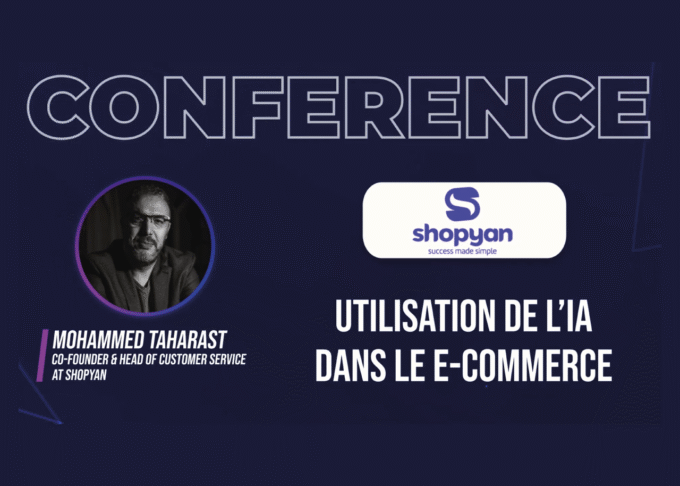The EMEC EXPO 2024 hosted a compelling conference session titled “Levée de Fonds : Stratégies et Techniques pour Réussir”. The presentation, led by an actor from the Moroccan B2B digital solution provider Cathedis (KTD), offered a unique insight into the practicalities of raising capital through the lens of their own successful fundraising journey. This narrative, rich in real-world examples, serves as a valuable case study for entrepreneurs seeking investment, emphasizing the importance of a well-constructed pitch deck and a clear understanding of investor expectations.
Building a Compelling Pitch Deck: An Inside Look at Cathedis’s Strategy
The speaker began by outlining the fundamental questions an entrepreneur must address when creating a pitch deck for a fundraising round. These questions serve as the backbone of a compelling presentation, demonstrating a thorough understanding of the market, the problem, and the proposed solution. According to the presentation, key areas to consider include:
- Identifying a Core Market Need: The first and foremost step is to pinpoint a genuine need or “pain point” in the market. In Cathedis’s case, this was the unsatisfactory quality, delivery, and logistics within the e-commerce sector in Morocco between 2017 and 2018, where traditional messaging services lacked digitalization.
- Contextualizing the Problem: Investors want to understand how the problem was identified. For Cathedis, this wasn’t just theoretical; it stemmed from direct experience running an e-commerce business, where the shortcomings in delivery were directly felt. Furthermore, gathering feedback from early clients and users is crucial to validate the identified problem.
- Quantifying the Market Opportunity: Demonstrating a substantial market size is essential to attract investors. They are investing for a return, aiming for an “exit” and profit. Therefore, it’s necessary to clearly articulate the total addressable market and the potential for growth. Cathedis highlighted the contrast between a large, slow-growing traditional messaging market (21 billion dirhams with 5% growth) and a smaller but rapidly expanding e-commerce logistics market (1 billion dirhams with 34% growth). The latter, with its strong growth potential, proved far more appealing to investors.
- Defining the Business Model: A clear explanation of how the business generates revenue and its cost structure is paramount. This includes outlining revenue sources, cost drivers, necessary materials, pricing strategy, and the value proposition. Cathedis had two main sales channels: direct B2B sales and customer acquisition through online advertising (Facebook, Instagram, Google).
- Strategic Pricing and Positioning: The pricing strategy directly influences the target customer segment. Cathedis emphasized the importance of positioning the price strategically within the market relative to competitors, considering factors like local producers versus luxury offerings. A comfortable pricing that generates margin is vital for the company’s financial health.
- Introducing the Team: Investors place significant trust in the team’s ability to execute the vision. Having at least two founders is generally preferred, as investors seek reassurance of continuity and shared responsibility. Cathedis’s initial team included Imad and co-founder Khalid, each handling specific areas of the business.
- Establishing a Clear Roadmap: A well-defined roadmap outlining future milestones and strategic objectives is crucial. Cathedis presented a clear timeline of activities from 2019 through subsequent years, demonstrating their vision for growth and development.
Cathedis’s Solution: Addressing the Pain Points of E-Commerce Logistics
The presentation detailed how Cathedis specifically addressed the identified challenges in the Moroccan e-commerce logistics landscape. Their solution was built on several key pillars:
- Complete Digitalization: Cathedis positioned itself as a 100% digitalized logistics solution, a stark contrast to the predominantly paper-based processes of traditional messaging services. This included real-time tracking of deliveries and delivery personnel, a feature that was not widely available at the time.
- Enhanced Delivery Speed and Efficiency: Recognizing that delivery is the “nerve center” of e-commerce, Cathedis offered same-day delivery options in major cities, aiming to reduce customer cancellations due to delays.
- Streamlined and Secure Cash Return: They provided a faster and more secure cash-on-delivery return process compared to competitors.
- Competitive and Transparent Pricing: Cathedis offered adapted pricing, providing clear visibility on delivery costs.
- Focus on Communication and Support: Addressing the support issues prevalent in the market, Cathedis emphasized the importance of dedicated customer support.
- Robust Information System: A well-conceived information system was central to their digital offering, including plugins connecting e-commerce platforms like Shopify. Cathedis highlighted the evolution of their system, showcasing continuous development.
Demonstrating Value and Growth: Key Metrics and Milestones
To convince investors, Cathedis showcased its value chain, outlining the steps from package reception to payment and returns. Crucially, they presented concrete data demonstrating their traction:
- In their first year of activity (by May 2019), Cathedis had transported over 70,000 parcels.
- They achieved a global turnover of 2.1 million dirhams with over 120 clients and coverage of 25 destinations with 20 delivery personnel.
- The presentation also highlighted the significant growth achieved since then, with over 4 million parcels transported, over 500 million dirhams in annual turnover, and a team of over 600 people serving the entire Moroccan territory with over 3000 clients.
This emphasis on past performance (“chiffres passés”) versus current real figures (“chiffres réels actuels”) effectively illustrated the company’s growth trajectory. Furthermore, securing trust from early reference clients, even with limited initial reach, added credibility.
The Business Plan and Path to Profitability
A clear business plan is essential for demonstrating how the invested funds will be utilized to achieve future growth. Cathedis presented projections showing their anticipated evolution in parcel volumes, emphasizing the crucial point of crossing over from a “burn” phase (spending more than earning) to a profitable state. Investors are particularly interested in understanding the timeline for achieving profitability.
Vision, Ambition, and Subsequent Fundraising
Beyond the initial seed round, Cathedis articulated a clear vision for the future: to become the leading 100% logistics solution for not only small e-commerce businesses but also corporate clients. Their client portfolio now includes significant brands like Inwi and Maroua. Their ambition extends to international expansion, which was the objective of their latest fundraising efforts. The speaker mentioned successful subsequent funding rounds, including a recent bridge round exceeding $1 million and an upcoming closing of $5 million, showcasing the company’s continued growth and investor confidence.
Key Takeaways for Successful Fundraising
The presentation concluded with valuable advice for aspiring entrepreneurs seeking funding:
- Demonstrate Existing Traction: Don’t approach investors solely with an idea; strive to generate some initial revenue and acquire a few clients to prove the concept.
- Focus on the Customer: By prioritizing the customer’s needs and addressing their pain points, businesses can differentiate themselves from competitors and build a strong value proposition.
- Be Transparent and Honest: Never mislead potential investors or clients; build trust through clear and truthful communication.
- Understand Your Capacities: Be realistic about what your business can handle and don’t overpromise.
- Clearly Articulate the Growth Potential: Investors are looking for businesses with the capacity to scale and generate significant returns. Showing a clear roadmap and a credible business plan is crucial.
- Marketing and Branding are Integral: Integrating marketing and branding strategies into the business plan and fundraising efforts is essential for customer acquisition and growth. Investors recognize the importance of these elements.
- Focus on Unit Economics: Understanding and being able to demonstrate how unit economics will improve with scale is a key criterion for investors, particularly in the early and mid-stages. Showing a trend of decreasing unit costs with increasing revenue demonstrates a sustainable and scalable business model.
The case study of Cathedis provides a practical and detailed illustration of the strategies and techniques required for successful fundraising. By focusing on a genuine market need, developing a robust solution, demonstrating clear traction and growth potential, and effectively communicating their vision to investors, Cathedis has successfully navigated multiple funding rounds and established itself as a key player in the Moroccan logistics landscape. This real-world example offers valuable lessons for entrepreneurs seeking to secure the capital necessary to scale their businesses.















